Cotton Grass,
Cotton Panic-grass
Display all 15 images
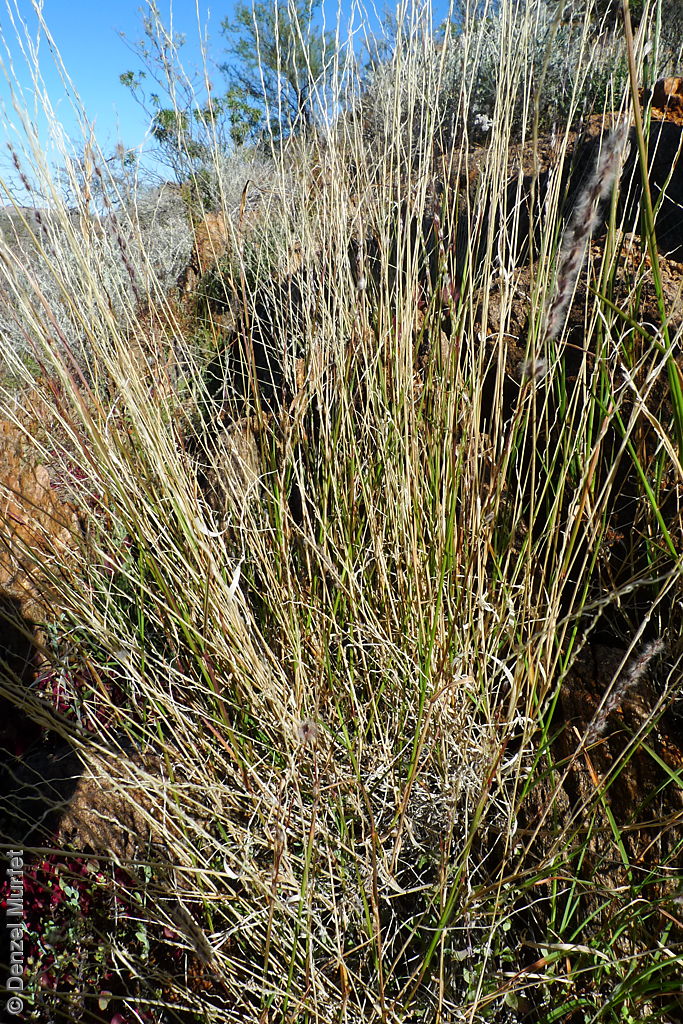

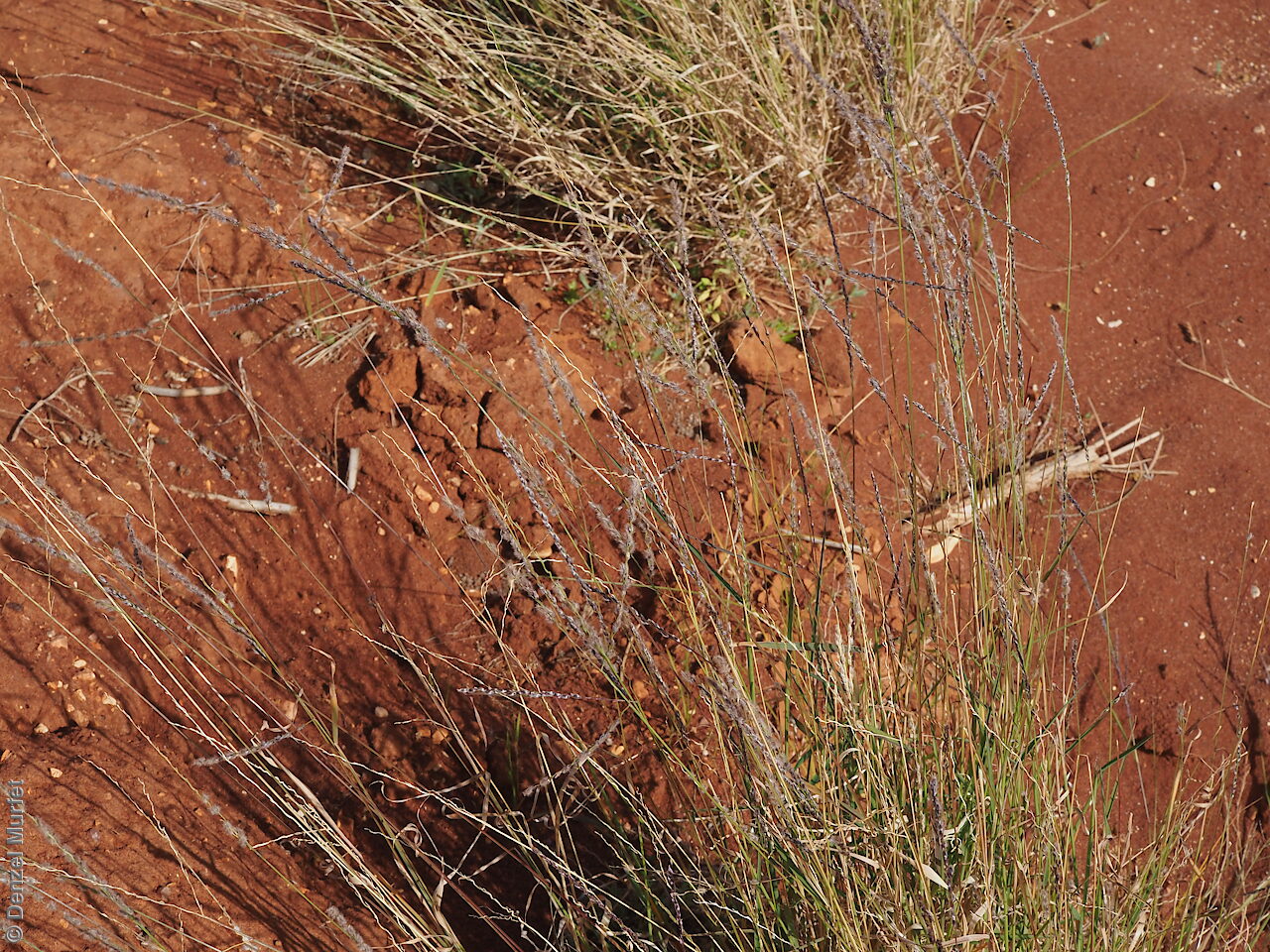
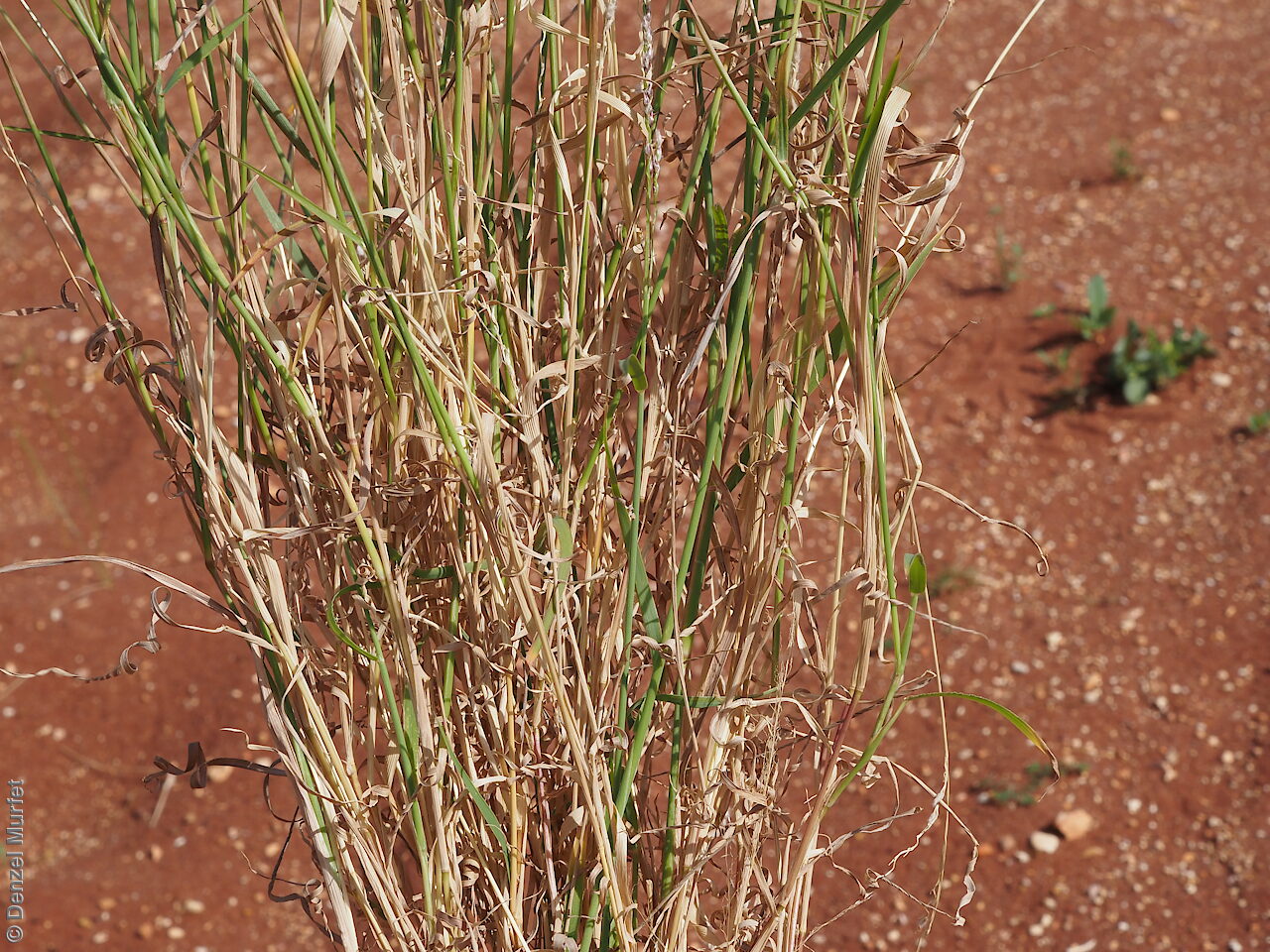
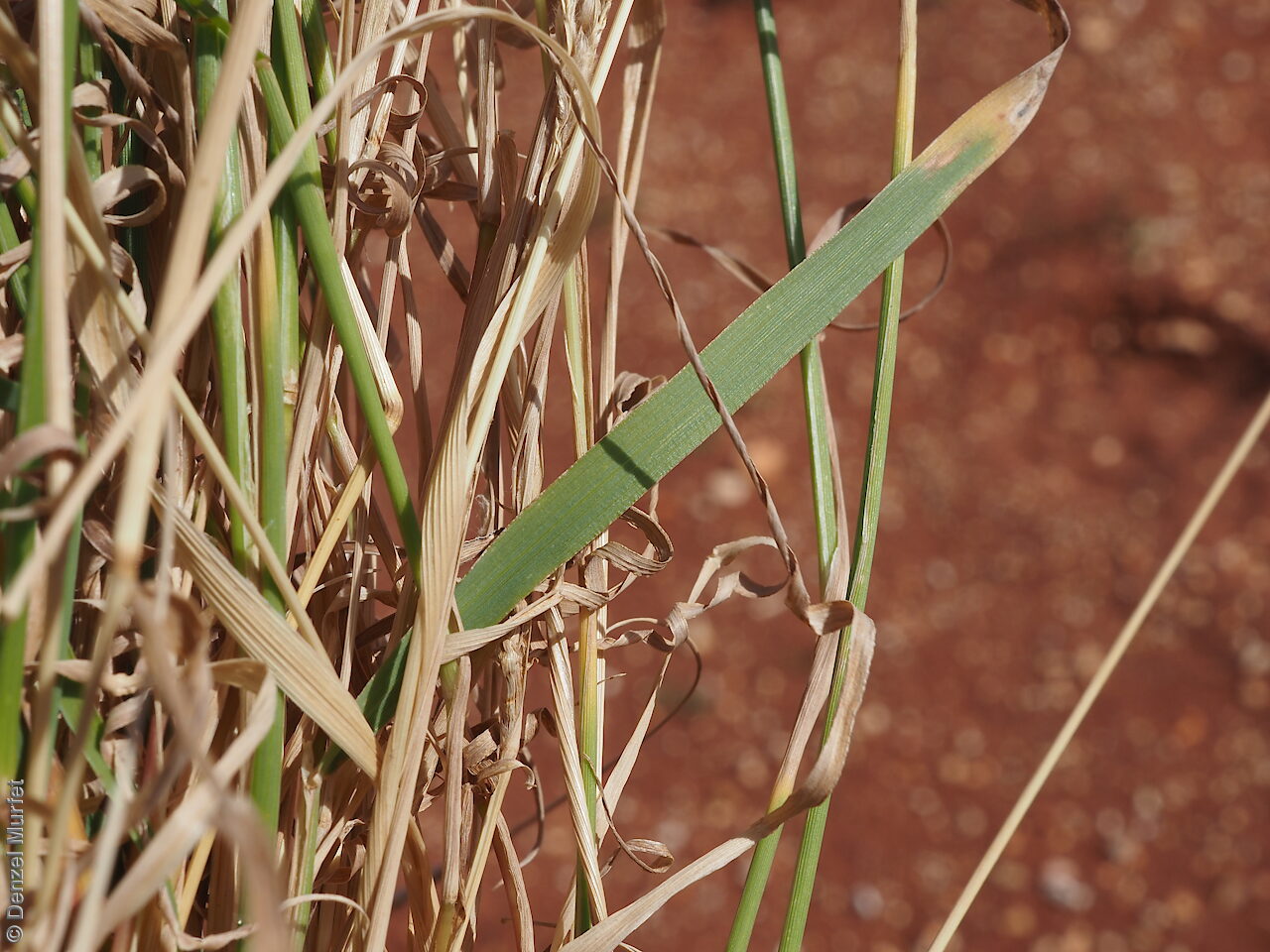
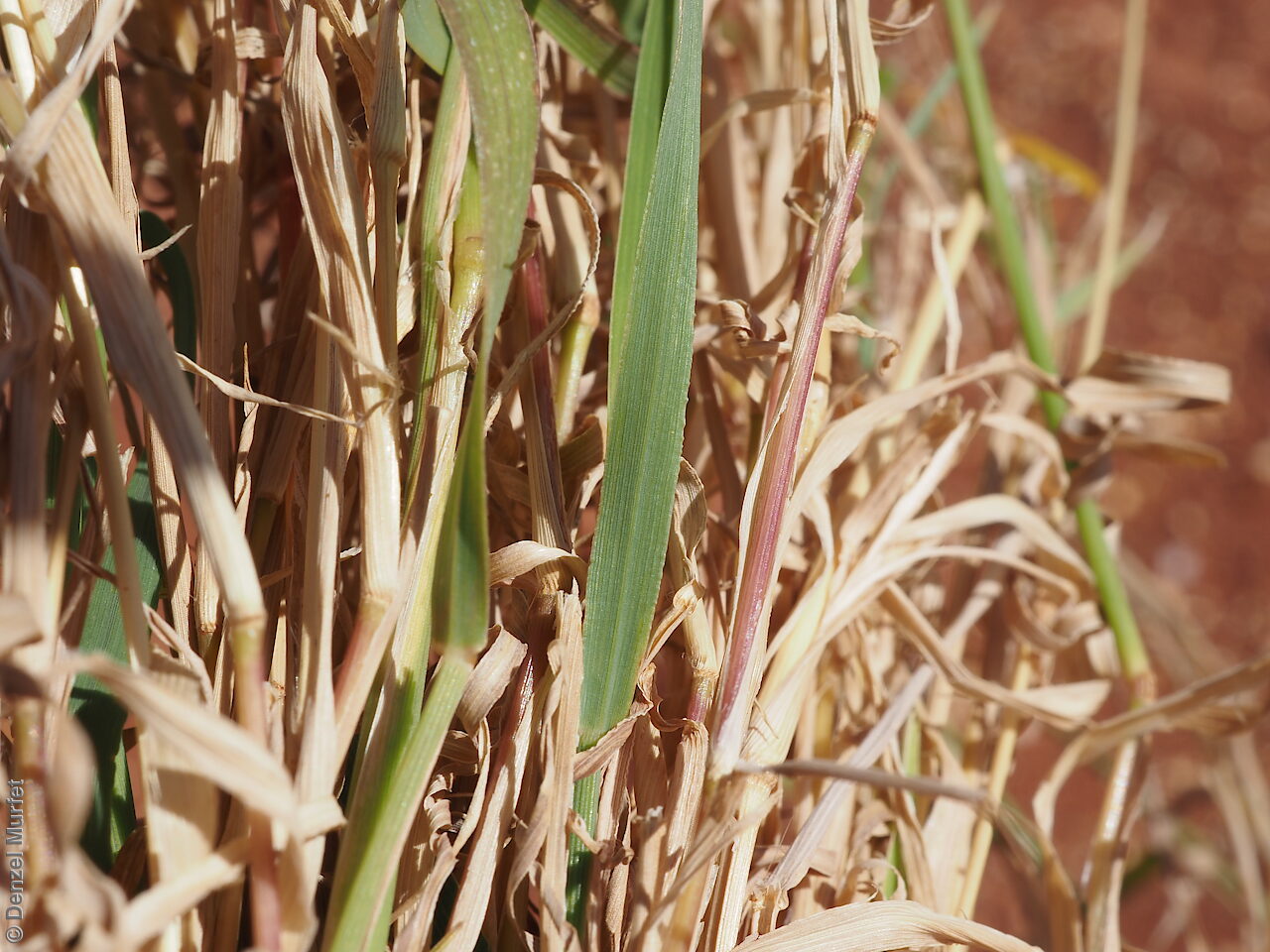
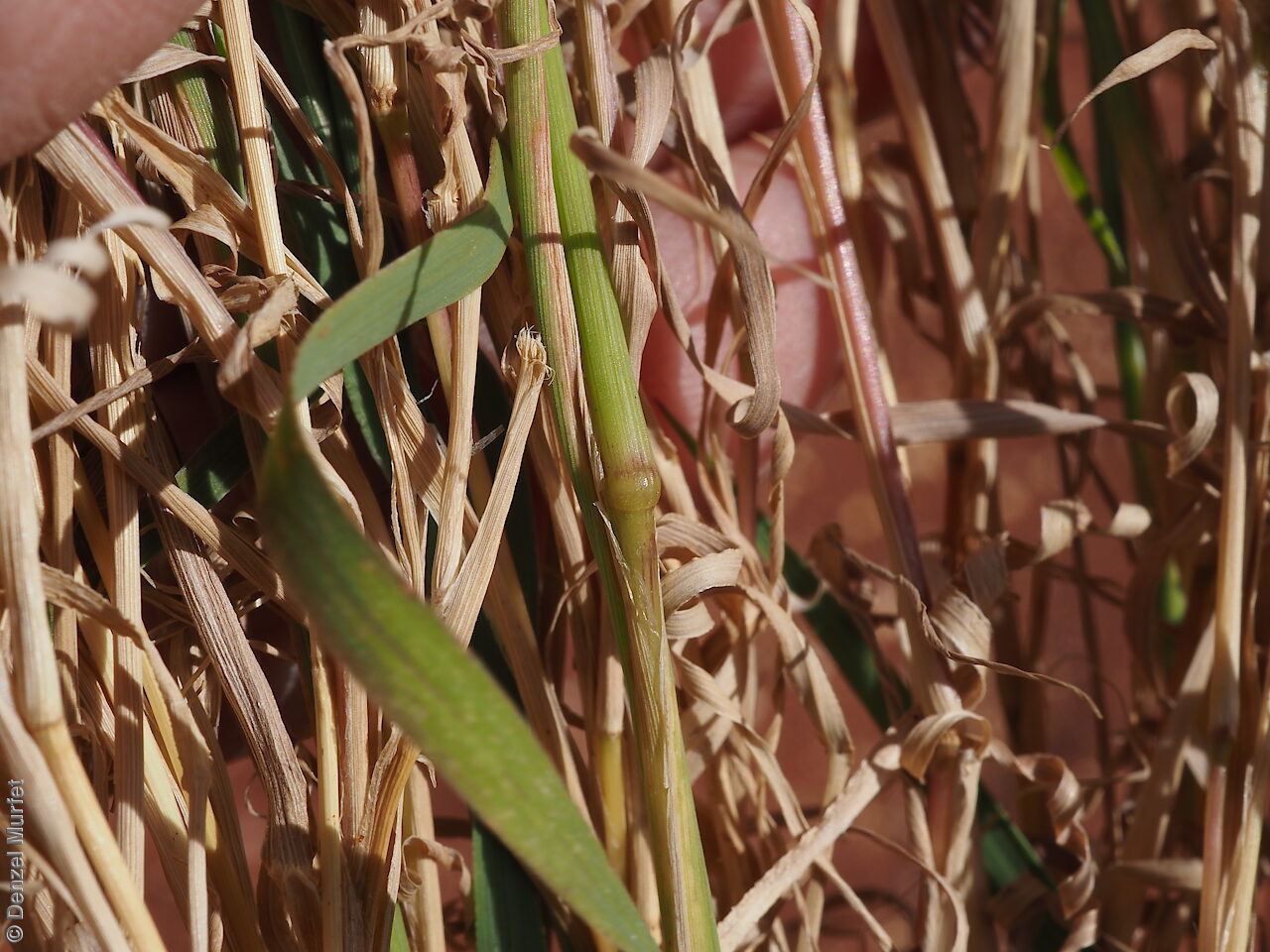
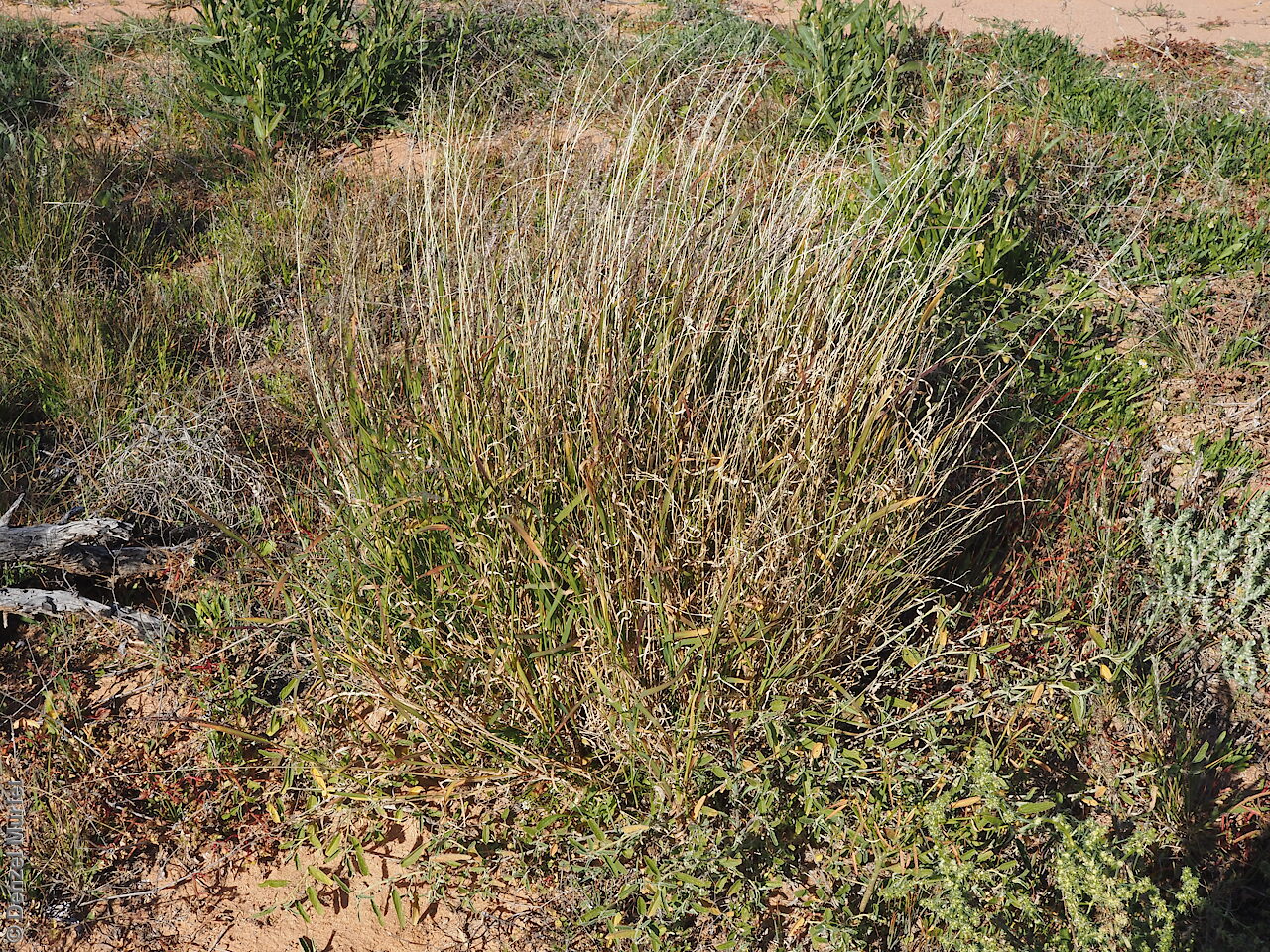
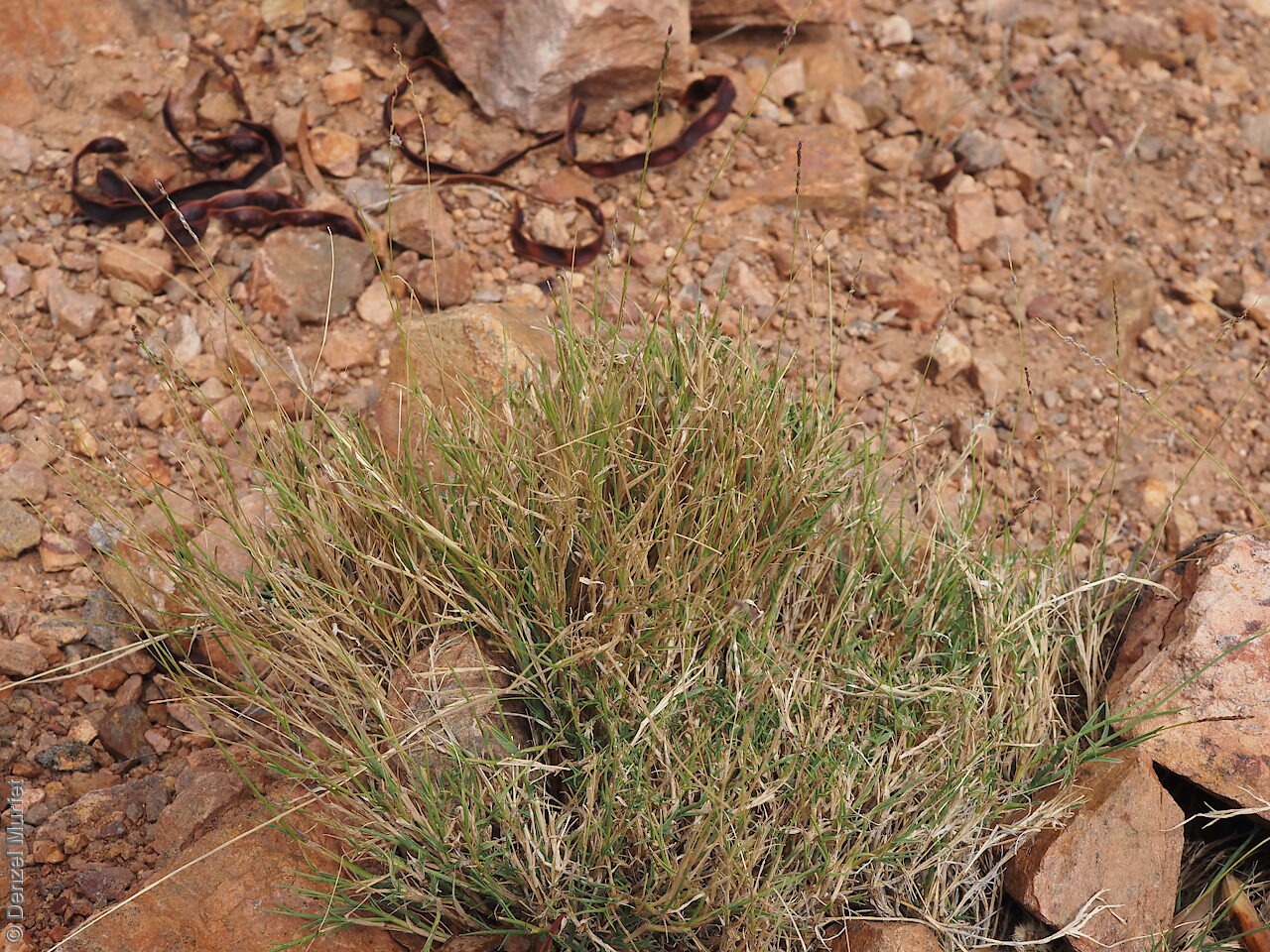
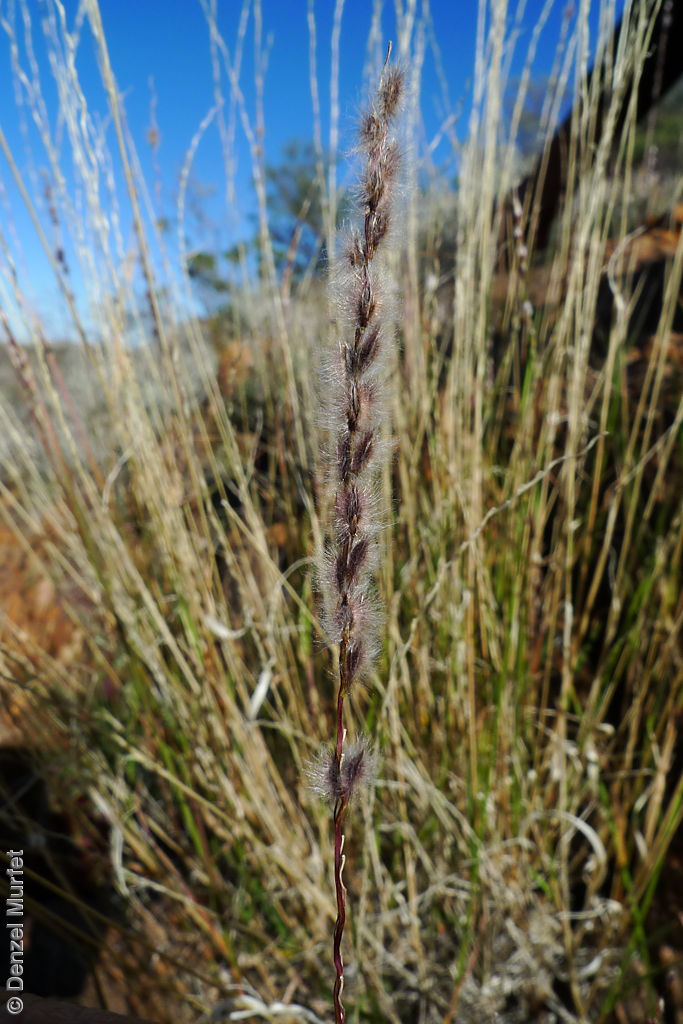
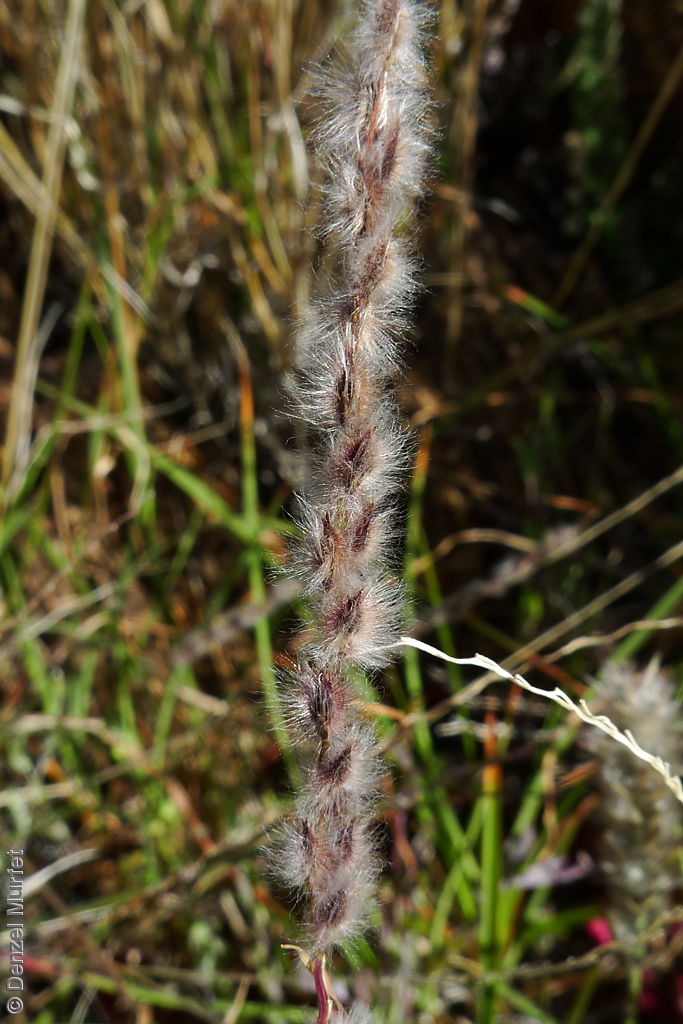
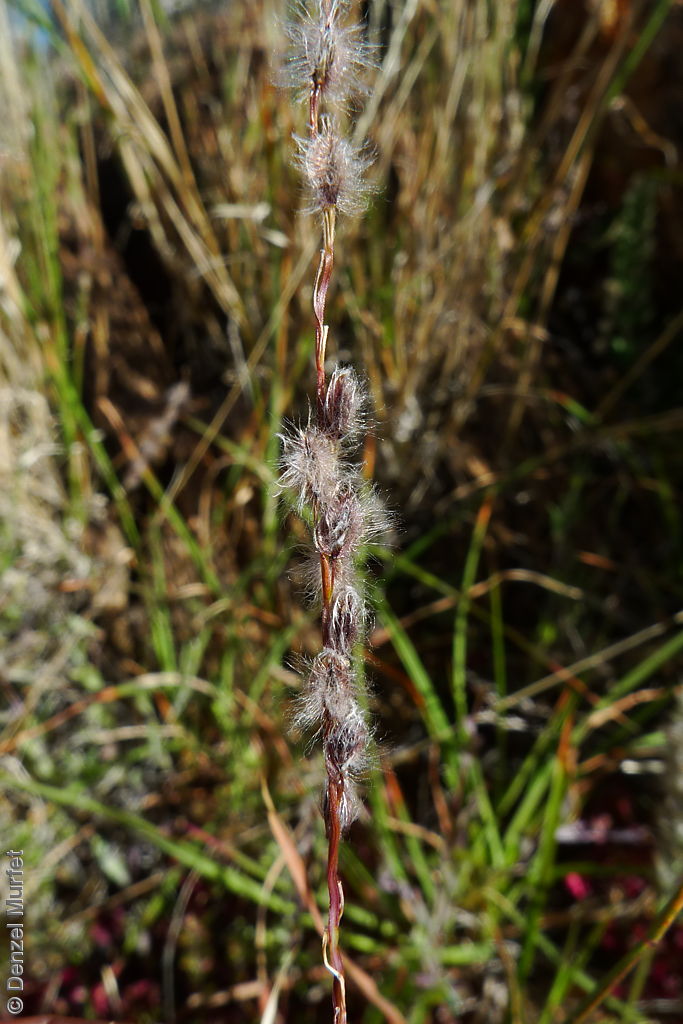
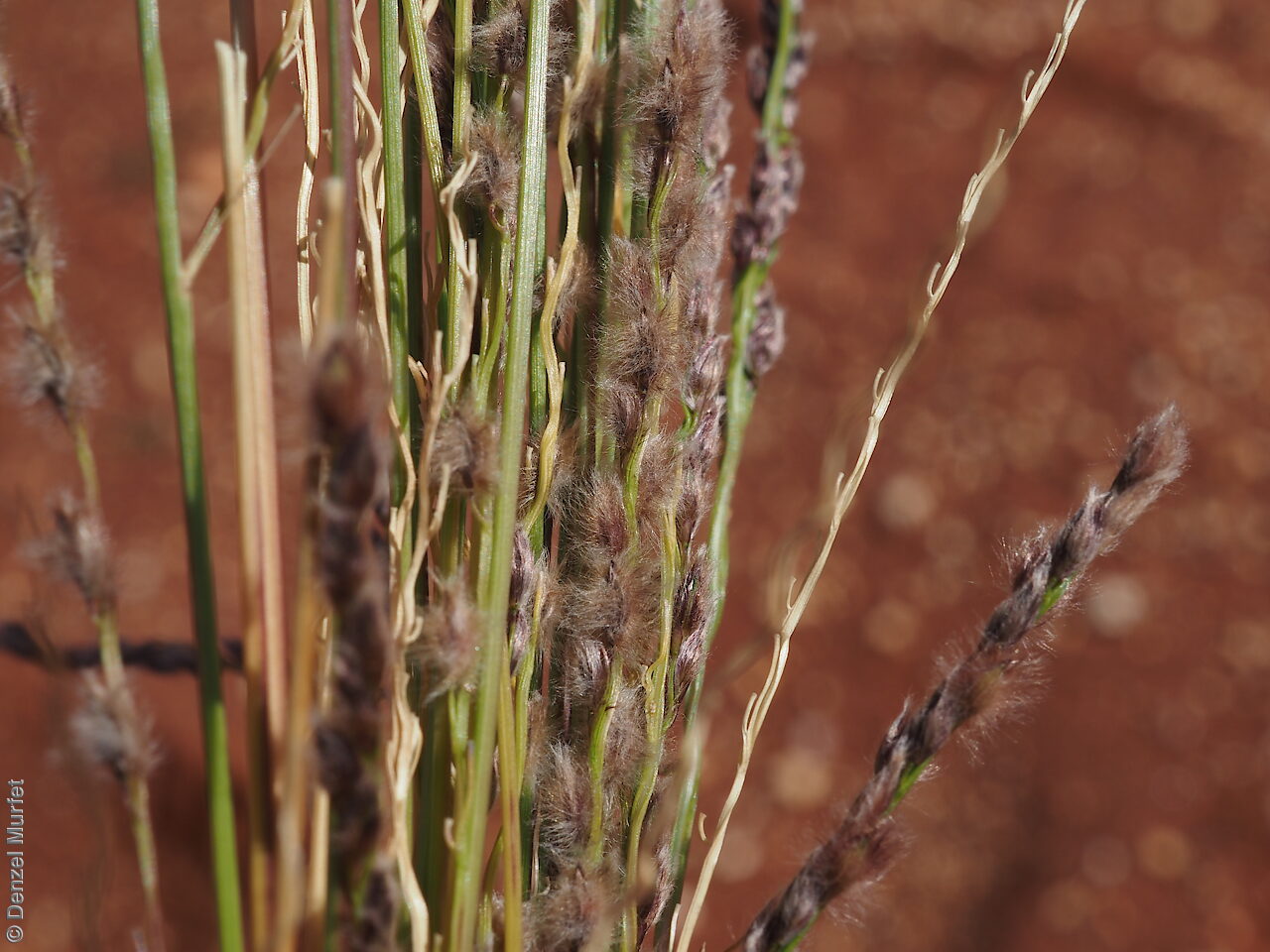
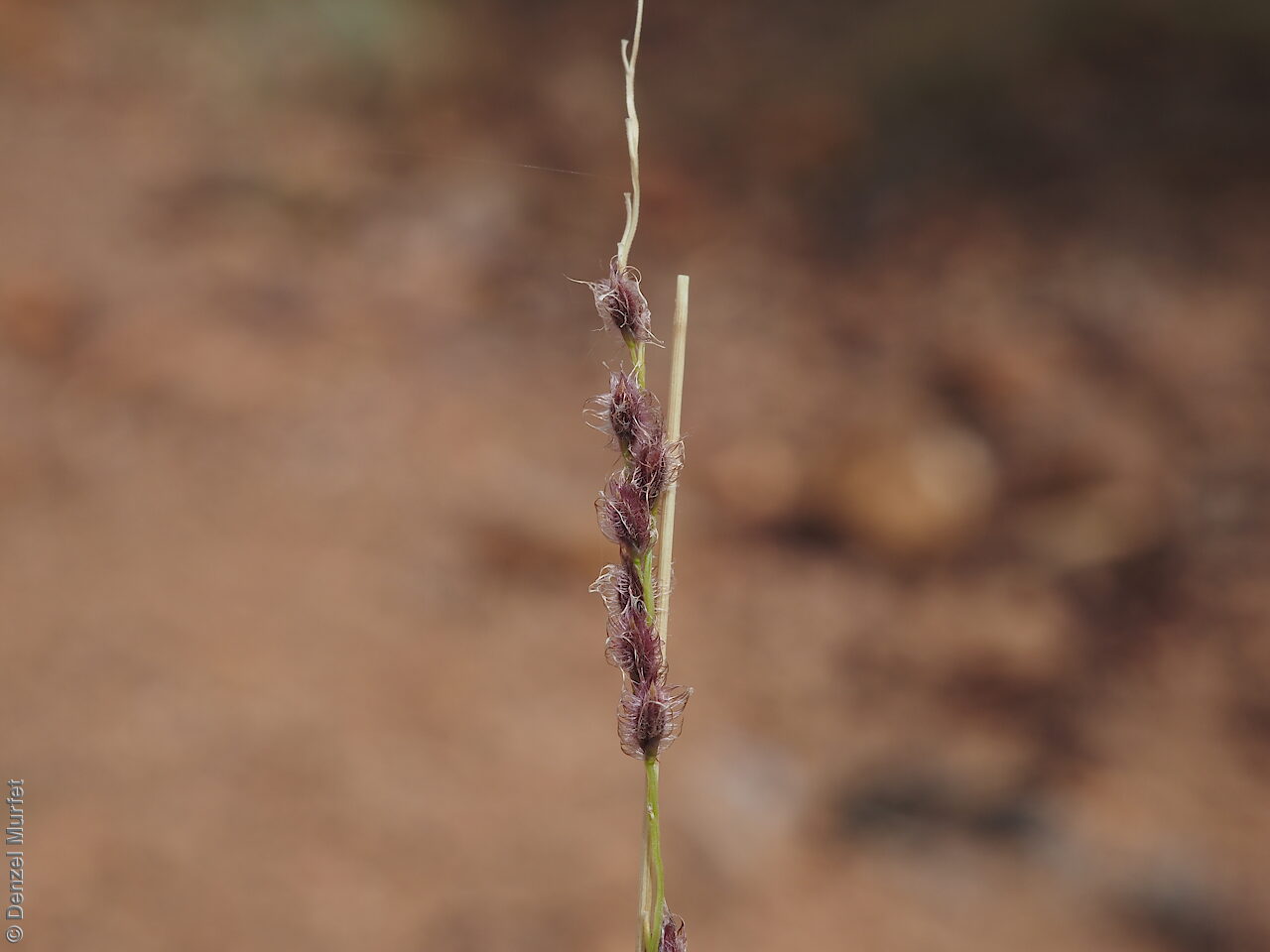
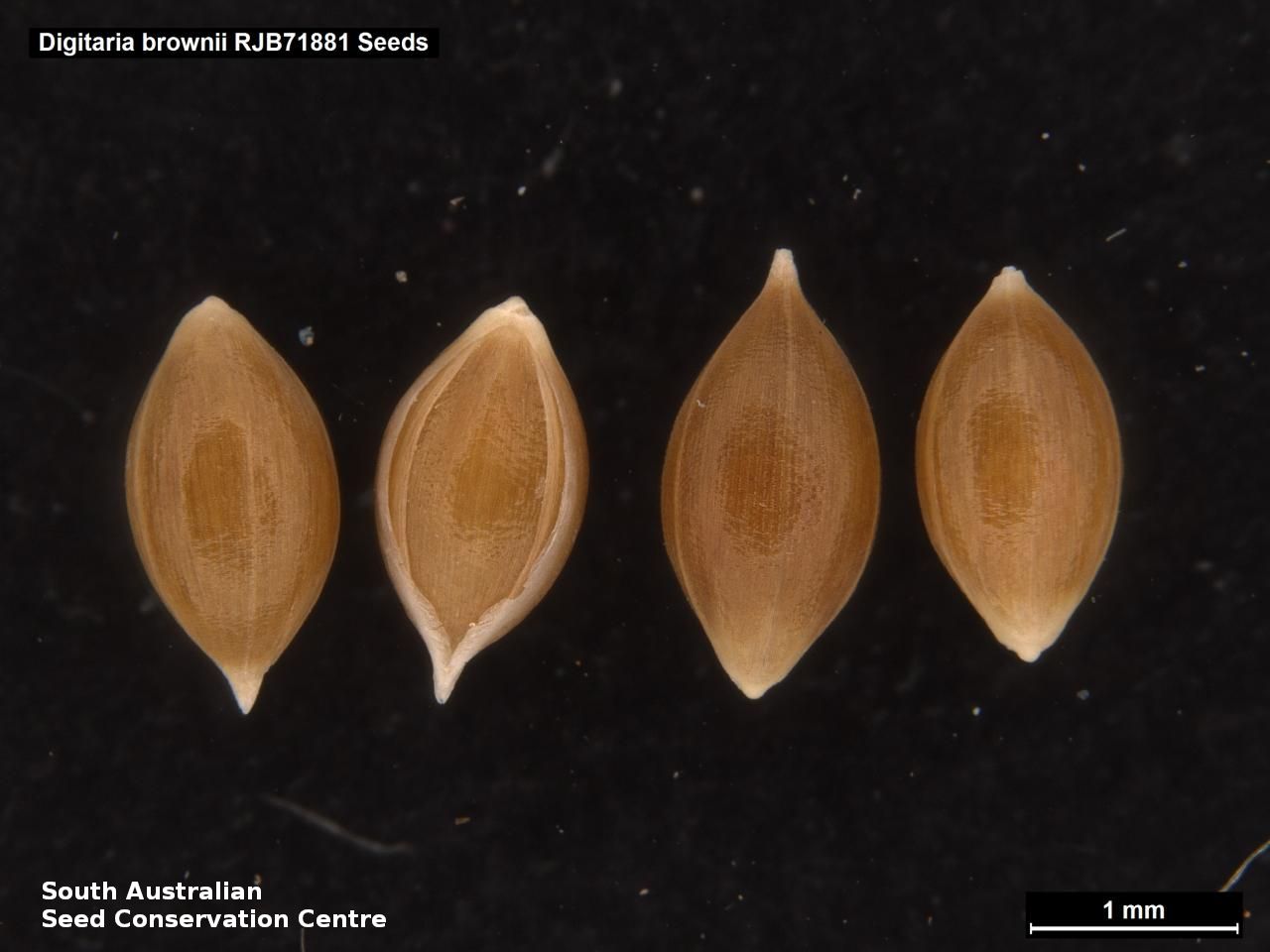
Regional Species Conservation Assessments per IBRA subregion.

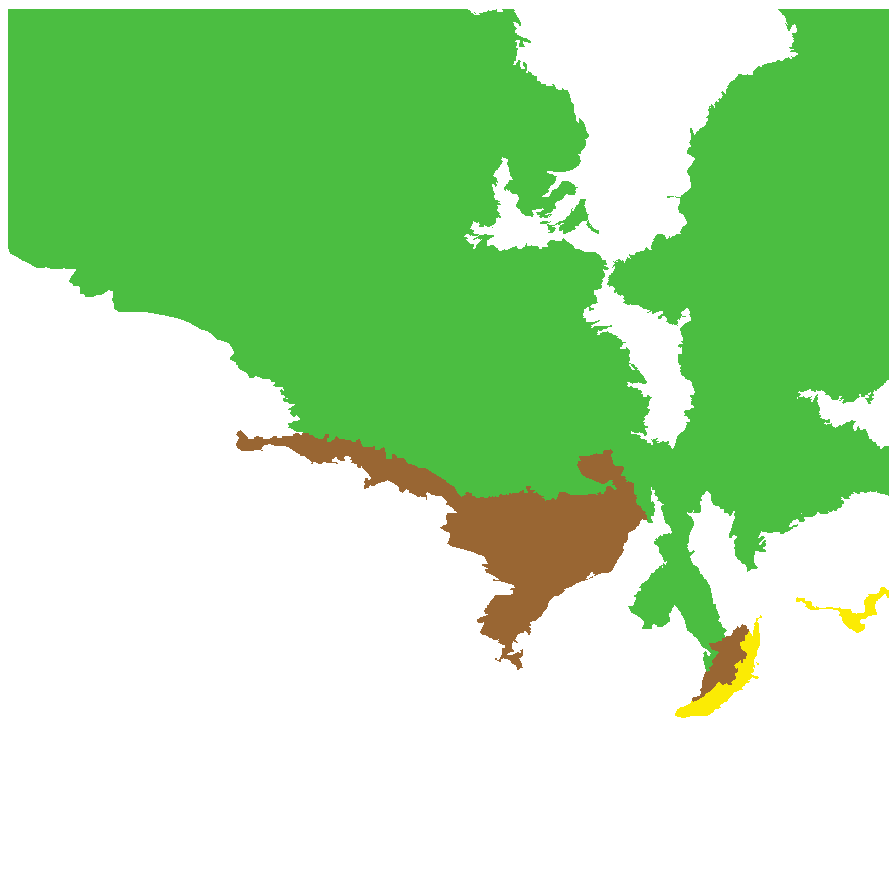
Least concern
Near threatened
Rare
Vulnerable
Endangered
Critically endangered
Extinct
Data deficient
Adelaide
Arkaroola
Ceduna
Coober Pedy
Hawker
Innamincka
Marla
Marree
Mount Gambier
Oodnadatta
Renmark
Wudinna
Keith
Yunta
Display IBRA region text
| Fleurieu (KAN02) | Kanmantoo | Vulnerable (IUCN: VU D2) [in rocky gorges; could be undercollected] |
| Mount Lofty Ranges (FLB01) | Flinders Lofty Block | Rare (IUCN: RA d(ii)) [in rocky gorges] |
| Olary Spur (FLB03) | | Least Concern |
| Southern Flinders (FLB04) | | Least Concern [stable all regions] |
| Northern Flinders (FLB05) | | Least Concern |
| Central Flinders (FLB06) | | Least Concern |
| St Vincent (EYB02) | Eyre Yorke Block | Least Concern |
| Eyre Hills (EYB03) | | Rare (IUCN: RA d(i,ii)) |
| Eyre Mallee (EYB05) | | Rare (IUCN: RA d(i,ii)) |
| Murray Scroll Belt (RIV06) | Riverina | Vulnerable (IUCN: VU B2ab(i,ii,iii)) (Probable Decline) [grows in crevices] |
| Myall Plains (GAW01) | Gawler | Rare (IUCN: RA d(i,ii)) |
| Gawler Volcanics (GAW02) | | Least Concern |
| Gawler Lakes (GAW03) | | Least Concern |
| Arcoona Plateau (GAW04) | | Least Concern |
| Kingoonya (GAW05) | | Least Concern |
| Roxby (GAW07) | | Least Concern |
| Commonwealth Hill (GAW08) | | Least Concern |
| Maralinga (GVD03) | Great Victoria Desert | Least Concern |
| Kintore (GVD04) | | Least Concern |
| Tallaringa (GVD05) | | Least Concern |
| Yellabinna (GVD06) | | Least Concern |
| Barrier Range (BHC01) | Broken Hill Complex | Least Concern |
| Bimbowrie (BHC05) | | Least Concern |
| Curnamona (BHC06) | | Least Concern |
| Strzelecki Desert (SSD05) | Simpson Strzelecki Dunefields | Least Concern |
| Breakaways (STP01) | Stony Plains | Least Concern |
| Oodnadatta (STP02) | | Least Concern |
| Murnpeowie (STP03) | | Least Concern |
| Peake-Dennison Inlier (STP04) | | Least Concern |
| Macumba (STP05) | | Least Concern |
| Witjira (STP06) | | Least Concern |
| Baltana (STP07) | | Least Concern |
| Sturt Stony Desert (CHC02) | Channel Country | Least Concern |
| Coongie (CHC06) | | Least Concern |
| Lake Pure (CHC07) | | Least Concern |
| Mann-Musgrave Block (CER01) | Central Ranges | Least Concern |
| Watarru (CER02) | | Least Concern |
| Everard Block (CER03) | | Least Concern |
| Tieyon (FIN03) | Finke | Least Concern |
| Pedirka (FIN04) | | Least Concern |
| Fleurieu (KAN02) | Kanmantoo | Vulnerable (IUCN: VU D2) [in rocky gorges; could be undercollected] |
| 5 of 6 subregions | Flinders Lofty Block | Least Concern , Rare |
| 3 of 5 subregions | Eyre Yorke Block | Least Concern , Rare |
| Murray Scroll Belt (RIV06) | Riverina | Vulnerable (IUCN: VU B2ab(i,ii,iii)) (Probable Decline) [grows in crevices] |
| 7 of 8 subregions | Gawler | Least Concern , Rare |
| 4 of 4 subregions | Great Victoria Desert | Least Concern |
| 3 of 4 subregions | Broken Hill Complex | Least Concern |
| Strzelecki Desert (SSD05) | Simpson Strzelecki Dunefields | Least Concern |
| 7 of 7 subregions | Stony Plains | Least Concern |
| 3 of 4 subregions | Channel Country | Least Concern |
| 3 of 3 subregions | Central Ranges | Least Concern |
| 2 of 2 subregions | Finke | Least Concern |
Botanical art
Kath Alcock paintings: 5
Prior names
Panicum leucophaeum var. monostachyum
Panicum brownii
Digitaria brownii var. monostachya
Common names
Cotton Grass
Cotton Panic-grass
Etymology
Digitaria from the Latin 'digitus' meaning finger, alluding to the digitate inflorescence. Brownii named after Robert Brown (1773-1858), a Scottish botanist and palaeobotanist who made important contributions to botany largely through his pioneering use of the microscope and accompany Matthew Flinders' expedition to Australia.
Distribution and status
Found across much of South Australia, growing in a variety of habitats. Also found in all mainland states. Native. Common in South Australia. Rare in Victoria. Common in the other states.
Herbarium regions: North Western, Lake Eyre, Gairdner-Torrens, Flinders Ranges, Eastern, Eyre Peninsula, Murray, Southern Lofty, Green Adelaide
NRM regions: Adelaide and Mount Lofty Ranges, Alinytjara Wilurara, Eyre Peninsula, South Australian Arid Lands, South Australian Murray-Darling Basin
AVH map: SA distribution map (external link)
Plant description
Perennial grass with erect stems 50 cm high. Leaf blades narrow, flaccid, ligule oblong, glabrous, torn, to 2 mm long. Flower-spike racemes 1-4, often 2, sessile, erect, at or near the summit of the slender stems, to10 cm long, spikelets silky-white or purple, on unequal pedicels along the zig-zag rhachis; first glume minute; second glume and first (sterile) lemma equal, villous on the back, the second glume 3-nerved, the first lemma 5-nerved; second (fertile) lemma nearly as long, smooth. Flowers sporadically throughout the year. Fruits are compact, purple-brown fruit-spike. Seeds are brown ovoid seed to 2 mm long and 1 mm wide, shiny and smooth surface. Seed embryo type is lateral.
Seed collection and propagation
Collect seeds between January and December. Use hands to gently strip seeds off the mature seed spike that are turning purple-brownr. Mature seeds will come off easily. Alternatively, you can break off the whole seed spike. Place the seeds/spike in a tray and leave to dry for two weeks. No further cleaning is required if only seed collected. If seed spikes collected, use hand to strip off the mature seeds. Store the seeds with a desiccant such as dried silica beads or dry rice, in an air tight container in a cool and dry place. From one collection, the seed viability was high, at 100%.
| Location | No. of seeds
(weight grams) | Number
of plants | Date
collected | Collection number
Collection location | Date
stored | % Viability | Storage
temperature | BGA
MSB | 6,900 (4.6 g)
6,900 (4.6 g) | 50 | 18-May-2007 | RJB71881
North Western | 1-Aug-2007 | 100% | -18°C |
Location: BGA — the seeds are stored at the Adelaide Botanic Gardens, MSB — the seeds are stored at the Millennium Seed Bank, Kew, England.
Number of plants: This is the number of plants from which the seeds were collected.
Collection location: The Herbarium of South Australia's region name.
% Viability: Percentage of filled healthy seeds determined by a cut test or x-ray.
















